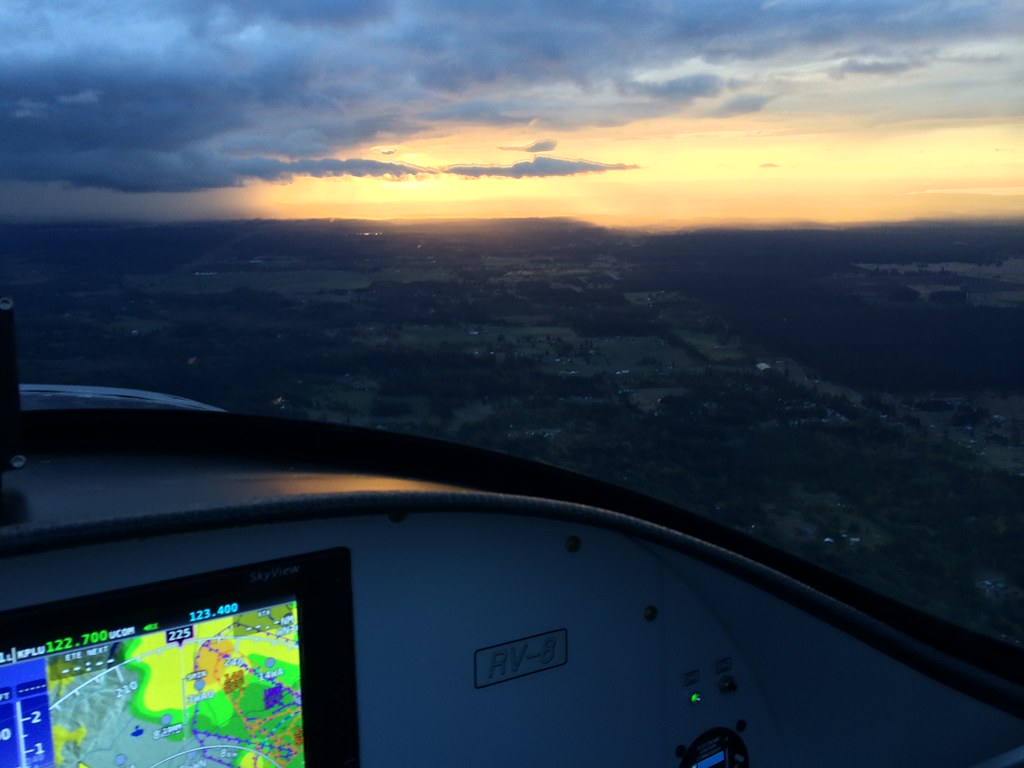With the new Garmin Touch in the RV-6, we have decided not to (immediately) activate an XM subscription, since we have the GDL-29R ADS-B IN receiver as part of the system. I have been an XM weather user for close to ten years, and have always liked the fact that I get weather coming in before I take off - I can see what's going on as soon as we get powered up. I have been a bit leery of how well things would work in the mountains, and wonder what experience others have been having.
So far, I have made several trips to a neighboring airpark about 12 minutes away in another valley, as well as some test flights just orbiting at altitude in the Carson City, Minden area. I have found that first, I get no signal strength until I get about level with the local range tops (about 8500' msl), and second, I generally don't get METARs displayed unless I have been flying for about 15 minutes.
Curious what others have been seeing out here in the big hills of the west? Not specific to Garmin - any brands of ADS-B IN equipment.
So far, I have made several trips to a neighboring airpark about 12 minutes away in another valley, as well as some test flights just orbiting at altitude in the Carson City, Minden area. I have found that first, I get no signal strength until I get about level with the local range tops (about 8500' msl), and second, I generally don't get METARs displayed unless I have been flying for about 15 minutes.
Curious what others have been seeing out here in the big hills of the west? Not specific to Garmin - any brands of ADS-B IN equipment.





